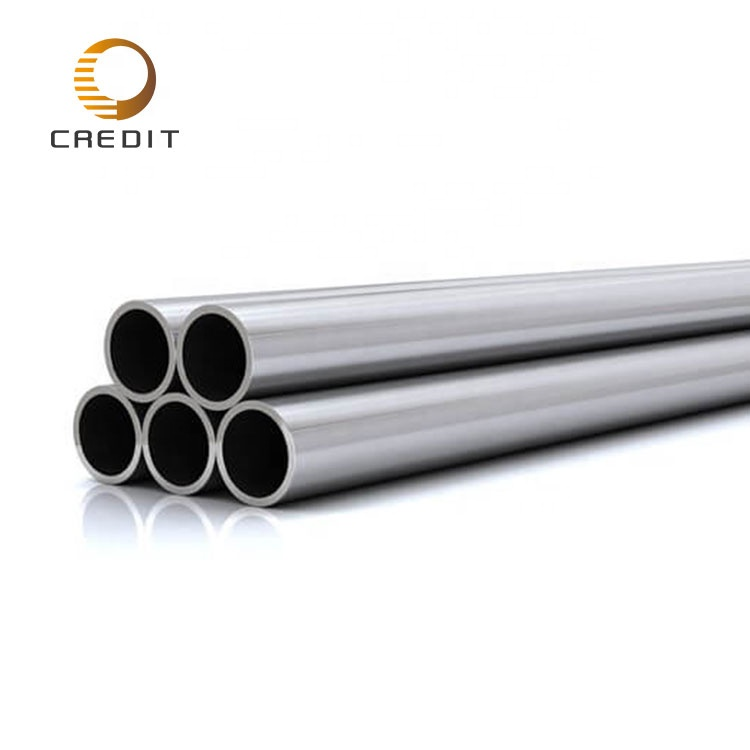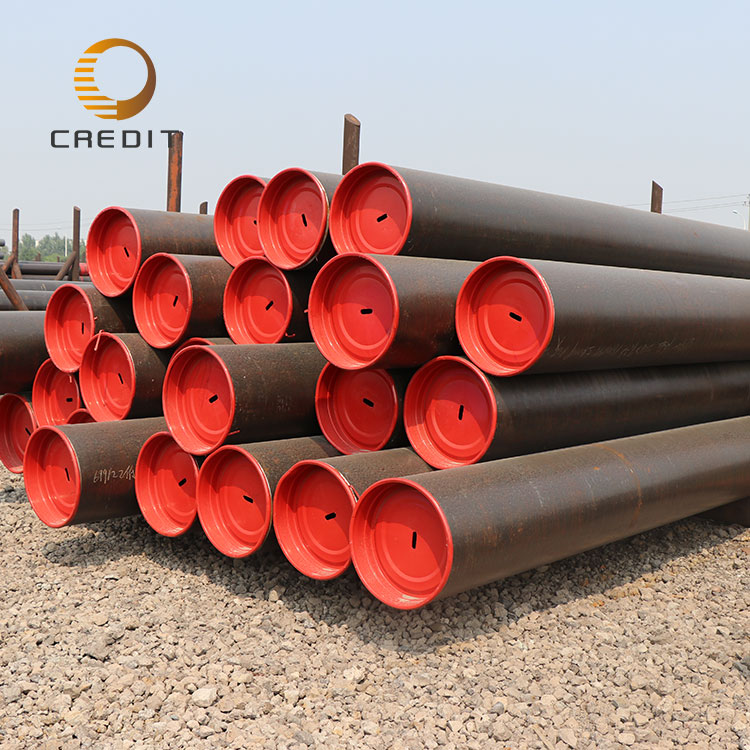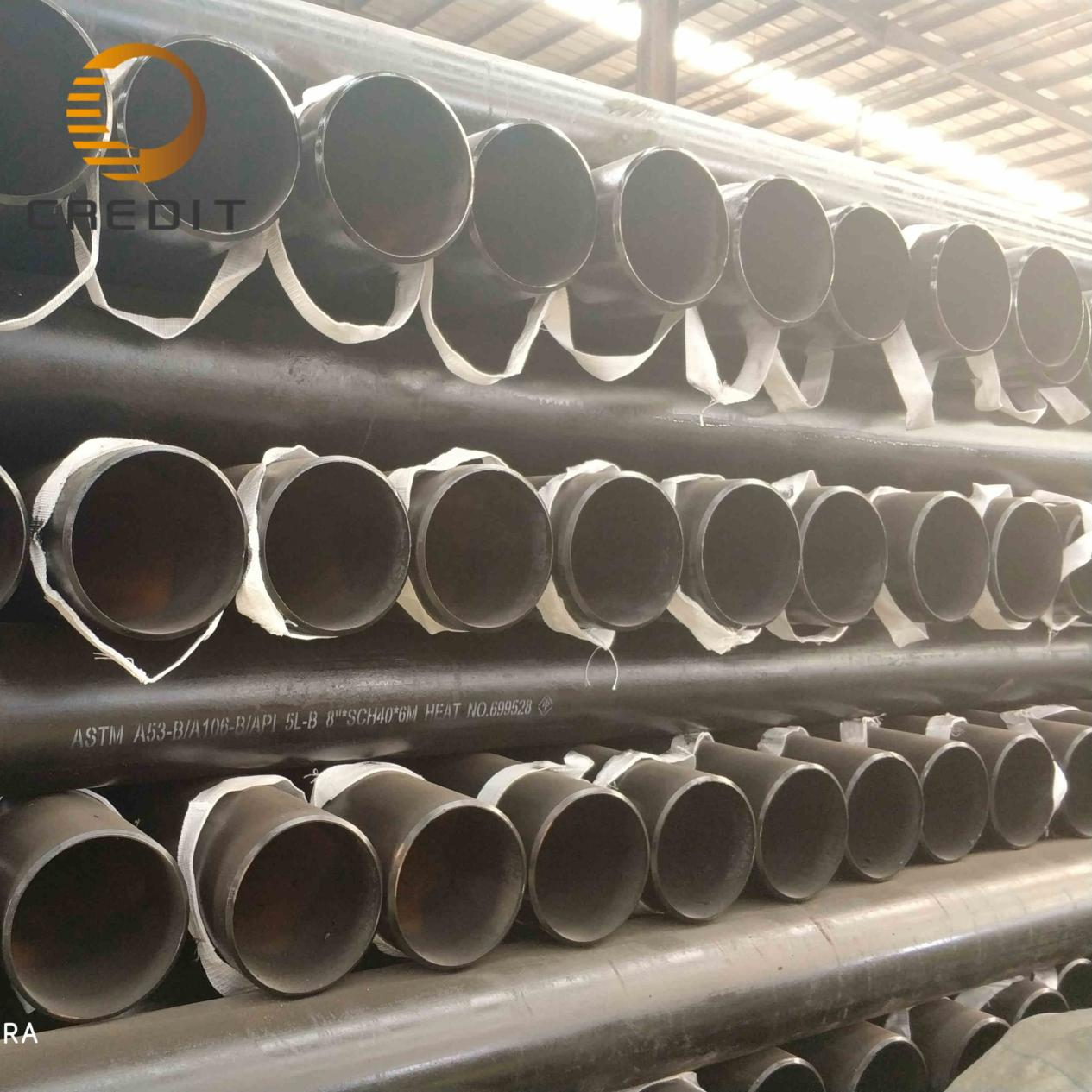Seamless pipe is produced by piercing a whole round steel bar and has no welding seam on its surface. It features high strength, corrosion resistance, high temperature resistance, high precision, and ease of processing, making it widely used in multiple industrial fields.

The specifications of seamless pipes are usually indicated by outer diameter and wall thickness. The outer diameter ranges widely, from the smallest at 4mm to the largest at 900mm. The wall thickness varies according to the outer diameter and intended use but generally maintains a certain proportional relationship with the outer diameter. Specifically, the common specifications of seamless pipes include but are not limited to:
· Fluid seamless steel pipes typically have an outer diameter ranging from 159 to 426mm, with varying wall thicknesses.
· Galvanized seamless steel pipes for low-pressure fluid transportation generally have an outer diameter of around 10mm.
· Seamless steel pipes for transporting petroleum typically have an outer diameter ranging from 219 to 426mm and relatively thicker walls.

Seamless pipes are widely used in multiple fields due to their superior performance:
· Oil and Gas Industry: Seamless pipes are the primary piping material for transporting oil and natural gas, ensuring smooth and safe operation from exploration, extraction, to processing of hydrocarbon resources.
· Chemical Industry: Due to their corrosion resistance and high-temperature tolerance, seamless pipes are the preferred material for chemical transportation pipelines, suitable for conveying various liquid or gaseous media.
· Machinery Manufacturing and Automotive Parts: Seamless pipes are used to manufacture various mechanical components and parts, such as automotive driveshafts, cylinders, bearings, etc., enhancing equipment performance and safety.
· Construction Engineering and HVAC Equipment: Seamless pipes are widely used in high-rise buildings, bridges, tunnels, and other construction fields, improving structural strength and durability. They are also used in ventilation, hydraulic piping, refrigeration, HVAC equipment, and other fields within buildings.
· Aerospace: Seamless pipes, with their high strength, high-temperature resistance, and corrosion resistance, are essential materials for manufacturing missile equipment, engines, and other critical components.
· Power Industry: Seamless pipes are used to manufacture boilers, turbines, and other high-temperature, high-pressure equipment, as well as support poles and steel frames for transmission lines.
CREDIT

The advantages of seamless pipes are mainly reflected in the following aspects:
· High Strength: Seamless steel pipes have much higher strength than welded steel pipes, capable of bearing greater pressure and weight.
· Corrosion Resistance: The smooth surface of seamless steel pipes makes them less prone to scaling and effectively resists corrosion and oxidation, extending their service life.
· High-Temperature Resistance: Seamless steel pipes can withstand high-temperature environments without deformation or cracking, suitable for high-temperature, high-pressure environments.
· High Precision: The production process of seamless steel pipes is stringent, ensuring high dimensional accuracy to meet the demands of various precision engineering applications.
· Ease of Processing: Seamless steel pipes have excellent mechanical properties and are easy to machine, satisfying various engineering requirements.
